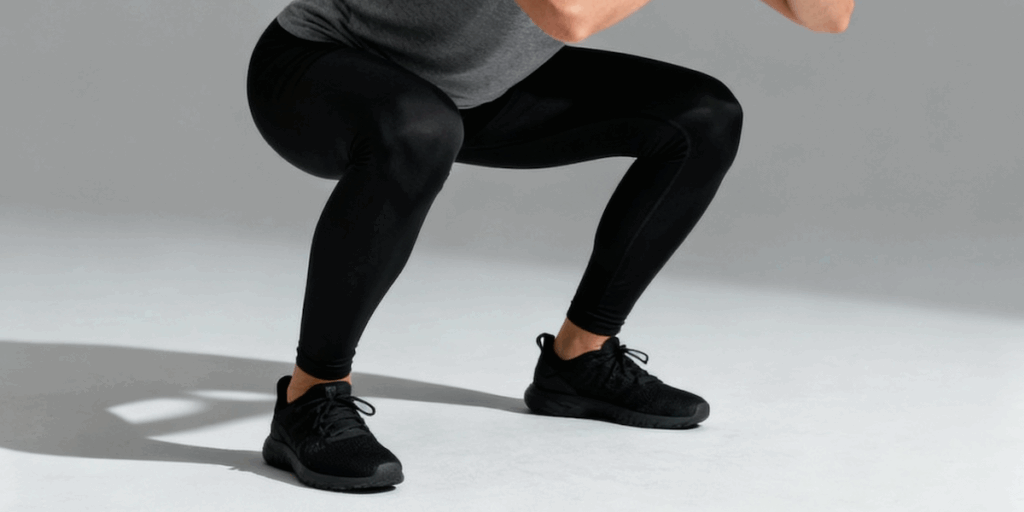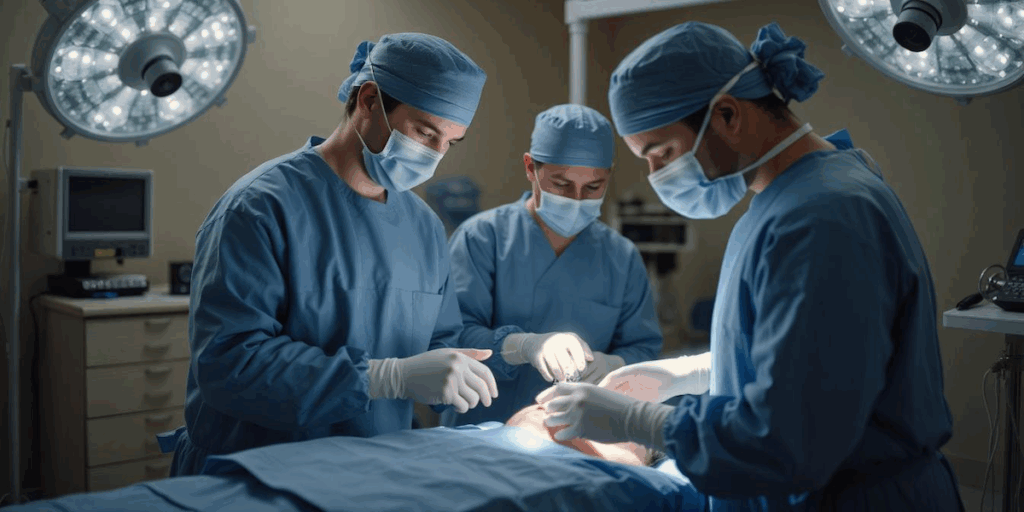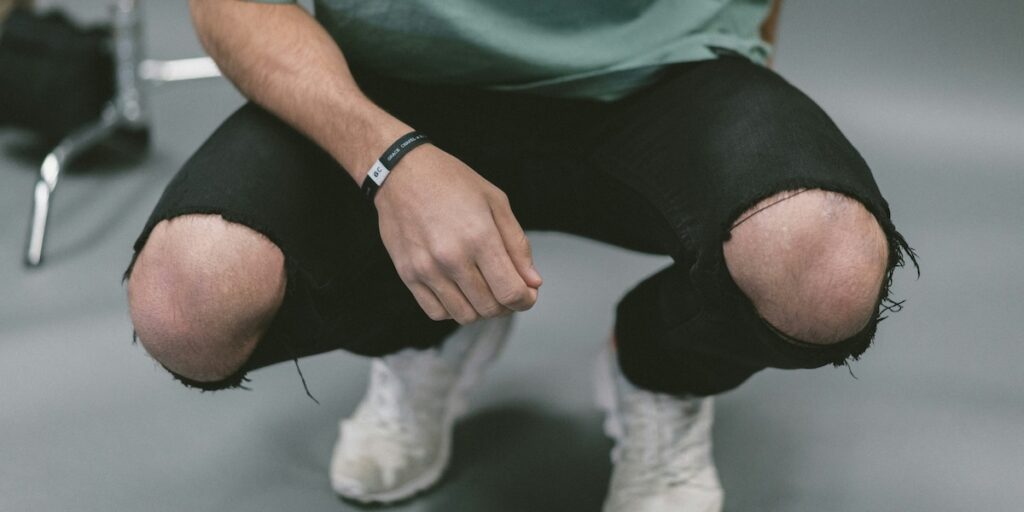Can You Fully Recover from a Dislocated Patella?

Can you fully recover from a dislocated patella? Yes. Learn your full recovery path: assess risk factors, understand MPFL injury, and choose the right treatment.
Why Does My Knee Hurt Going Down Stairs?

Knee pain when going down stairs is common. Learn about some causes: Patellofemoral Pain Syndrome, chondromalacia, and meniscal tears and how to feel better.
How to Prepare for an MPFL Reconstruction

Understanding what to expect and how to prepare for an MPFL reconstruction empowers you through each stage, minimizing stress and improving outcomes.
Why Does My Knee Hurt When Going Up the Stairs?

Why does my knee hurt when going up stairs? Common causes include patellar malalignment, arthritis, and tendinitis. Learn when to see an expert.
Why Do I Have Knee Pain When Squatting?

If you experience knee pain when squatting, you may have something wrong with your patella or meniscus. Squatting puts significant pressure on the knee joint, and pain during this movement can signal a variety of underlying issues.
How Long Does MPFL Recovery Really Take? Timeline & Tips for Success

Wondering when you’ll recover from medial patellofemoral ligament (MPFL) reconstruction? This information will help you recover with minimal confusion or stress.
Back in the Game After a Torn Meniscus

After knee surgery with me, James Anagnostopoulos went from sidelined Ironman athlete to a pain-free ultramarathon finisher. Here’s how he got back in the game.
My Kneecap Dislocated. What Should I Do?

Get expert advice on what to do for a kneecap dislocation. Learn about diagnosis, treatment, and recovery options to help you get back on your feet.
